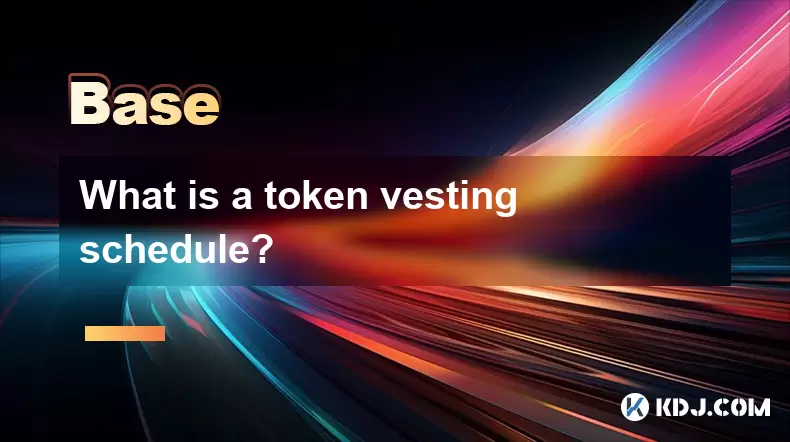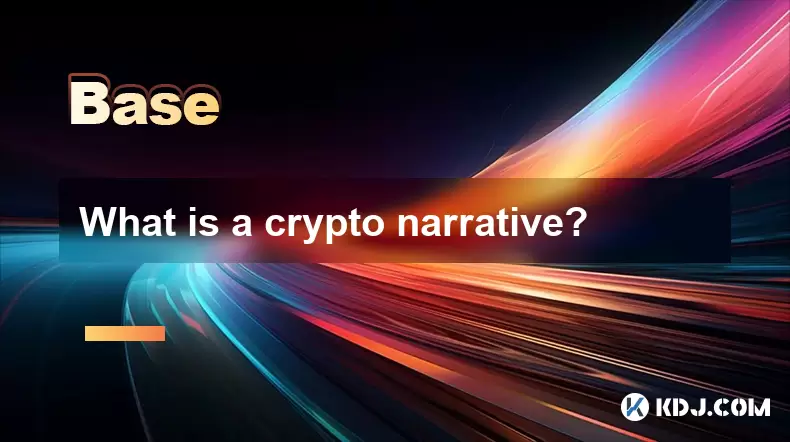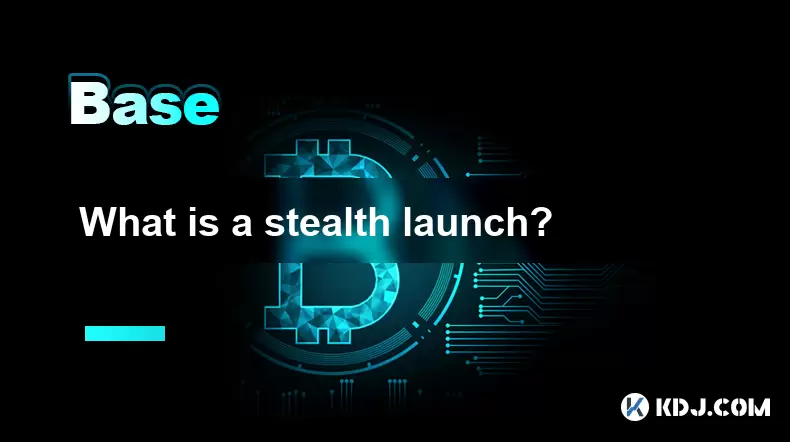-
 Bitcoin
Bitcoin $107,810.8710
-1.45% -
 Ethereum
Ethereum $2,531.4386
-1.75% -
 Tether USDt
Tether USDt $1.0000
-0.03% -
 XRP
XRP $2.2542
-0.99% -
 BNB
BNB $659.1350
-0.50% -
 Solana
Solana $148.5456
-2.40% -
 USDC
USDC $0.9999
-0.02% -
 TRON
TRON $0.2868
-0.44% -
 Dogecoin
Dogecoin $0.1666
-3.65% -
 Cardano
Cardano $0.5751
-2.36% -
 Hyperliquid
Hyperliquid $37.6845
-5.51% -
 Bitcoin Cash
Bitcoin Cash $494.9448
-0.65% -
 Sui
Sui $2.8396
-3.31% -
 Chainlink
Chainlink $13.2423
-2.59% -
 UNUS SED LEO
UNUS SED LEO $9.0482
0.02% -
 Stellar
Stellar $0.2467
-2.44% -
 Avalanche
Avalanche $17.8165
-3.63% -
 Shiba Inu
Shiba Inu $0.0...01158
-2.41% -
 Toncoin
Toncoin $2.7397
-3.42% -
 Hedera
Hedera $0.1560
-2.73% -
 Litecoin
Litecoin $85.8559
-2.34% -
 Monero
Monero $315.3710
-2.30% -
 Dai
Dai $1.0001
0.00% -
 Polkadot
Polkadot $3.3443
-2.03% -
 Ethena USDe
Ethena USDe $1.0001
0.01% -
 Bitget Token
Bitget Token $4.2888
-3.73% -
 Uniswap
Uniswap $7.3388
-1.57% -
 Aave
Aave $278.2986
-3.05% -
 Pepe
Pepe $0.0...09807
-3.67% -
 Pi
Pi $0.4563
-2.39%
What is a token vesting schedule?
Token vesting ensures long-term commitment by gradually releasing tokens to team members and investors, preventing early market dumps and promoting project stability.
Jul 08, 2025 at 01:49 am

Understanding the Basics of Token Vesting
Token vesting refers to a mechanism used in cryptocurrency projects to gradually release tokens to team members, investors, or early backers over a set period. This process ensures that stakeholders remain committed to the long-term success of the project rather than cashing out immediately after launch. A token vesting schedule is essentially a timeline that outlines when and how much of the allocated tokens will be unlocked for distribution.
Vesting schedules are commonly applied during Initial Coin Offerings (ICOs), Security Token Offerings (STOs), and other token sale events.
This approach helps prevent market manipulation and protects retail investors by reducing the risk of sudden large dumps of tokens into the market.
How Does a Token Vesting Schedule Work?
A typical vesting schedule includes several key components:
- Cliff Period: A predefined time before any tokens are released.
- Release Frequency: How often tokens become available (e.g., monthly, quarterly).
- Total Duration: The entire length of the vesting period.
- Allocation Amount: Total number of tokens assigned to a specific wallet or participant.
For example, a team member may receive 100,000 tokens with a one-year cliff, followed by monthly releases over two years. That means they won’t receive anything for the first year, then get approximately 4,167 tokens each month until all tokens are distributed.
Smart contracts typically govern these schedules automatically, ensuring transparency and trustless execution.
Different Types of Token Vesting Schedules
There are various types of vesting structures used across blockchain projects:
- Linear Vesting: Tokens are released at regular intervals (e.g., 5% every month).
- Milestone-Based Vesting: Unlocking occurs only when certain development goals are achieved.
- Hybrid Vesting: Combines elements of linear and milestone-based models.
- Immediate Release With Clawback: Tokens are given upfront but can be reclaimed if conditions aren't met.
Each model serves different strategic purposes. For instance, milestone-based vesting encourages project progress, while linear vesting promotes ongoing commitment.
The choice of vesting type depends on the project’s governance structure, investor agreements, and overall roadmap.
Why Are Token Vesting Schedules Important?
Token vesting plays a critical role in maintaining ecosystem stability and aligning incentives among stakeholders. Here’s why it matters:
- Prevents Early Dumping: Reduces the likelihood of immediate selling pressure from insiders.
- Promotes Long-Term Commitment: Encourages developers and investors to stay involved beyond the initial hype.
- Protects Retail Investors: Ensures fairer market conditions by limiting sudden supply surges.
- Builds Trust: Transparent vesting mechanisms signal professionalism and responsible tokenomics.
Projects without proper vesting structures may face skepticism from both investors and the broader crypto community.
Implementing a Token Vesting Schedule: A Step-by-Step Guide
Setting up a token vesting schedule involves multiple stages:
- Define Objectives: Determine who receives tokens and under what conditions.
- Select a Vesting Model: Choose between linear, milestone-based, or hybrid approaches.
- Set Parameters: Establish cliff duration, release frequency, and total allocation.
- Code Smart Contracts: Use platforms like Solidity to create immutable vesting logic.
- Test Thoroughly: Audit code using tools like MythX or OpenZeppelin Defender.
- Deploy on Blockchain: Launch the contract on Ethereum, Binance Smart Chain, or another compatible network.
- Monitor and Verify: Ensure tokens unlock as scheduled and track balances via explorers.
Transparency is crucial—publishing the vesting contract address allows the public to verify token allocations independently.
Frequently Asked Questions
What happens if a team member leaves before their tokens vest?
In most cases, unvested tokens are either forfeited or returned to the project treasury. Specific terms should be outlined in the project's whitepaper or legal documentation.
Can vesting schedules be changed after deployment?
Typically, smart contracts governing vesting are immutable once deployed. Any changes require redeploying the contract, which must be clearly communicated to the community.
Do all blockchain projects use token vesting schedules?
No, some smaller or less formal projects may skip vesting, especially in decentralized autonomous organizations (DAOs) where token distribution is more egalitarian.
Are there tools to visualize token vesting timelines?
Yes, platforms like Token Unlocks and Dune Analytics offer dashboards to track upcoming token unlocks across various projects.
Disclaimer:info@kdj.com
The information provided is not trading advice. kdj.com does not assume any responsibility for any investments made based on the information provided in this article. Cryptocurrencies are highly volatile and it is highly recommended that you invest with caution after thorough research!
If you believe that the content used on this website infringes your copyright, please contact us immediately (info@kdj.com) and we will delete it promptly.
- Meme Coins 2025: Presale Surge and ETF Hopes?
- 2025-07-08 12:30:11
- Gate.io, Pump.fun, and the Mysterious Token Sale: What's the Deal?
- 2025-07-08 12:30:11
- Pi Coin Price Prediction Today: Is a Breakout Imminent?
- 2025-07-08 12:50:11
- XRP, Breakout, and Altcoins: Navigating the Crypto Rollercoaster
- 2025-07-08 12:50:11
- BlockDAG Leads the Web3 Race with Sports Partnerships and Strategic Pricing
- 2025-07-08 10:50:12
- Pepe, Dogecoin, Shiba Inu: Meme Coin Mania or Calculated Crypto?
- 2025-07-08 10:30:12
Related knowledge

What is a user-generated content (UGC) NFT platform?
Jul 04,2025 at 01:49pm
Understanding the Concept of a UGC NFT PlatformA user-generated content (UGC) NFT platform is a digital marketplace or ecosystem where users can create, mint, and trade non-fungible tokens (NFTs) that represent ownership of original digital content they produce. Unlike traditional NFT platforms where creators often include professional artists or develo...

What is composability in DeFi?
Jul 06,2025 at 04:07pm
Understanding the Concept of Composability in DeFiComposability in DeFi refers to the ability of decentralized finance protocols and smart contracts to interact seamlessly with one another, much like building blocks that can be combined in various ways to create new financial products and services. This concept is a core innovation within the DeFi ecosy...

What is a "crypto primitive"?
Jul 05,2025 at 10:14pm
Defining the Concept of a Crypto PrimitiveIn the context of blockchain and cryptocurrency, a crypto primitive refers to a fundamental building block or foundational element used in constructing decentralized systems and cryptographic protocols. These primitives are essential for enabling secure transactions, consensus mechanisms, and smart contract exec...

What is a crypto narrative?
Jul 07,2025 at 10:56pm
Defining the Concept of a Crypto NarrativeA crypto narrative refers to the overarching story or theme that drives interest, investment, and development within a particular segment of the cryptocurrency market. Unlike traditional financial assets, cryptocurrencies often gain momentum not solely based on technical merits but through compelling narratives ...

What is a stealth launch?
Jul 08,2025 at 06:42am
What Exactly Defines a Stealth Launch in Cryptocurrency?A stealth launch refers to the practice of launching a cryptocurrency project without prior public announcement or marketing efforts. This method is often used by development teams who prefer to keep their project under wraps until it reaches a certain level of maturity, adoption, or liquidity. Unl...

What is a fair launch?
Jul 05,2025 at 07:31pm
Understanding the Concept of a Fair LaunchA fair launch refers to the release of a cryptocurrency or blockchain project in a manner that ensures equal opportunity for all participants. Unlike traditional token launches, which may involve private sales, venture capital funding, or pre-mining, a fair launch emphasizes transparency and decentralization. In...

What is a user-generated content (UGC) NFT platform?
Jul 04,2025 at 01:49pm
Understanding the Concept of a UGC NFT PlatformA user-generated content (UGC) NFT platform is a digital marketplace or ecosystem where users can create, mint, and trade non-fungible tokens (NFTs) that represent ownership of original digital content they produce. Unlike traditional NFT platforms where creators often include professional artists or develo...

What is composability in DeFi?
Jul 06,2025 at 04:07pm
Understanding the Concept of Composability in DeFiComposability in DeFi refers to the ability of decentralized finance protocols and smart contracts to interact seamlessly with one another, much like building blocks that can be combined in various ways to create new financial products and services. This concept is a core innovation within the DeFi ecosy...

What is a "crypto primitive"?
Jul 05,2025 at 10:14pm
Defining the Concept of a Crypto PrimitiveIn the context of blockchain and cryptocurrency, a crypto primitive refers to a fundamental building block or foundational element used in constructing decentralized systems and cryptographic protocols. These primitives are essential for enabling secure transactions, consensus mechanisms, and smart contract exec...

What is a crypto narrative?
Jul 07,2025 at 10:56pm
Defining the Concept of a Crypto NarrativeA crypto narrative refers to the overarching story or theme that drives interest, investment, and development within a particular segment of the cryptocurrency market. Unlike traditional financial assets, cryptocurrencies often gain momentum not solely based on technical merits but through compelling narratives ...

What is a stealth launch?
Jul 08,2025 at 06:42am
What Exactly Defines a Stealth Launch in Cryptocurrency?A stealth launch refers to the practice of launching a cryptocurrency project without prior public announcement or marketing efforts. This method is often used by development teams who prefer to keep their project under wraps until it reaches a certain level of maturity, adoption, or liquidity. Unl...

What is a fair launch?
Jul 05,2025 at 07:31pm
Understanding the Concept of a Fair LaunchA fair launch refers to the release of a cryptocurrency or blockchain project in a manner that ensures equal opportunity for all participants. Unlike traditional token launches, which may involve private sales, venture capital funding, or pre-mining, a fair launch emphasizes transparency and decentralization. In...
See all articles

























































































